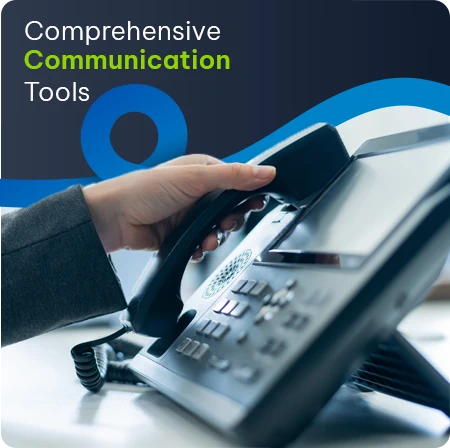By Richard Frost, Product Head: Cybersecurity at Armata
Working from home works pretty well for much of the cloud enabled workforce most of the time. Primarily, a reliable and secure internet connection that builds a bridge between home and the office – perhaps via your organisation’s Virtual Private Network – was all that you needed. But rotational load shedding complicates matters, especially if your setup is without the power backup you need. The first alternative is to hot-spot mobile phones but this is unstable at best as mobile networks become congested when there is a sudden simultaneous mass migration to mobile.
Recently the popularity of free public access Wi-Fi has been on the increase for working professionals. Access to your network, and your work, is really just a few kilometres away at most. This convenience can quickly turn into a real risk if you are not mindful of the pitfalls that come with connecting through public Wi-Fi.
Hackers can position themselves between you and the connection point in such a way that you may think that you are communicating directly with the hotspot but in reality you’re sending your information to the hacker. He or she can then send it to anywhere or anyone they want to. This is the biggest security threat of free Wi-Fi.
Knowing the need for caution and vigilance, and how to protect yourself, will ensure your important business data remains safe.
- No authentication required to establish a network connection – a feature suitable for hackers to get unconstrained access to unsecured devices on the same network.
- Hackers have access to every piece of information you’re sending out on the Internet, during this manner of working. Important emails, credit card information and even login and other security credentials to your company’s network
- With your information, the hacker has the ability to access your systems as if he was you.
- Hackers use unsecured Wi-Fi connections to distribute malware and plant infected software on your computer.
- Some hackers are able to hack the connection point itself, causing a pop-up window to appear. Clicking the window will install the malware on your device.
Internet security issues and public Wi-Fi risks will continue to grow, but it’s not a reason to completely avoid free Wi-Fi and destroy all possibility of staying productive during unavoidable instances of load shedding for example. Hackers usually look for easy targets so take a few precautions to safeguard your own and your organisation’s information.
- Using a VPN will help to encrypt your information rendering it useless to a hacker.
- You can also turn Wi-Fi off while you don’t need it – maybe while working on a document or spreadsheet.
- Keep yourself protected by using a robust Internet security solution installed and running on your device.
- Ask your IT department or network administrator about multi-factor authentication and other measures that your organisation has in place that you must be aware of.
Understanding public Wi-Fi risks can mitigate against you becoming another hacking statistic, or worse still the entry point for attacks on your organisation’s network.












